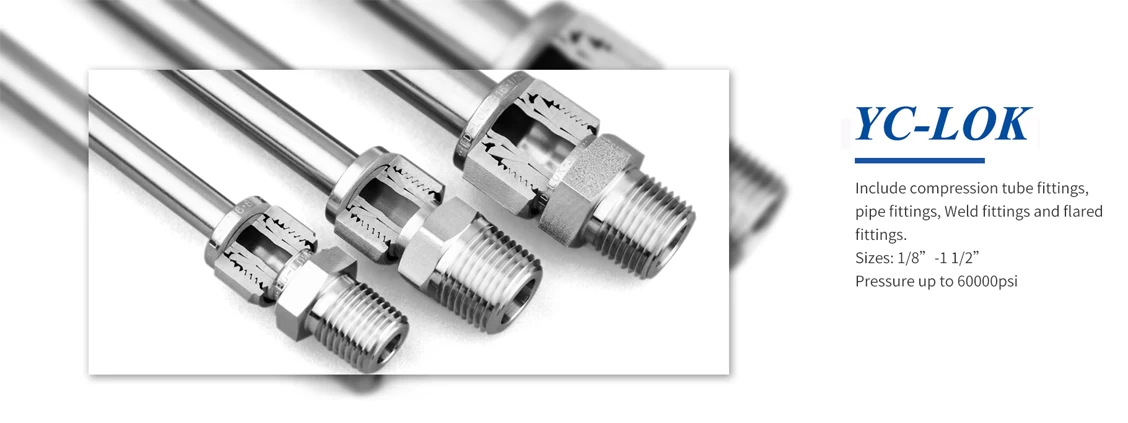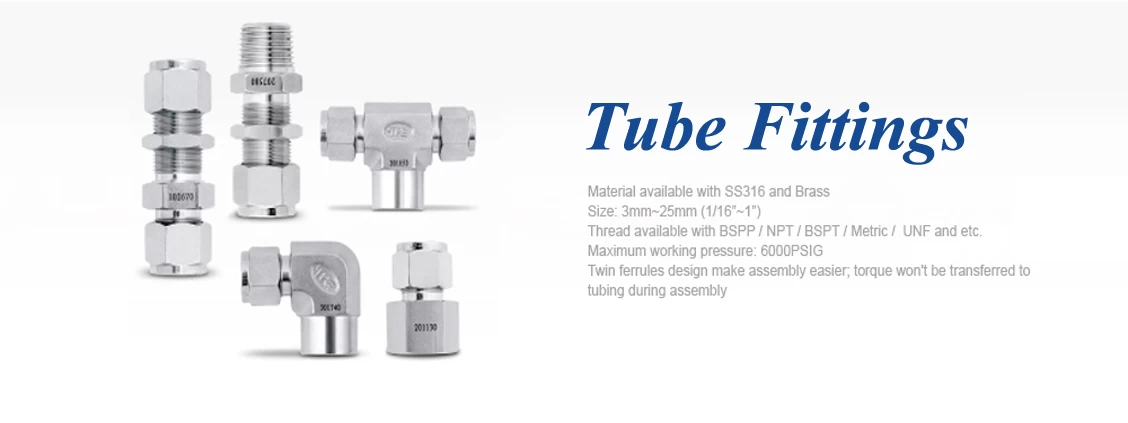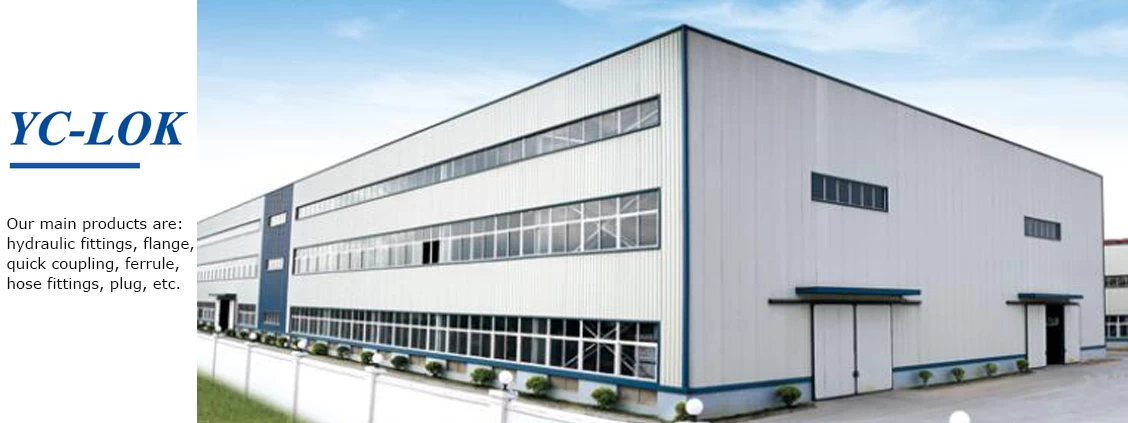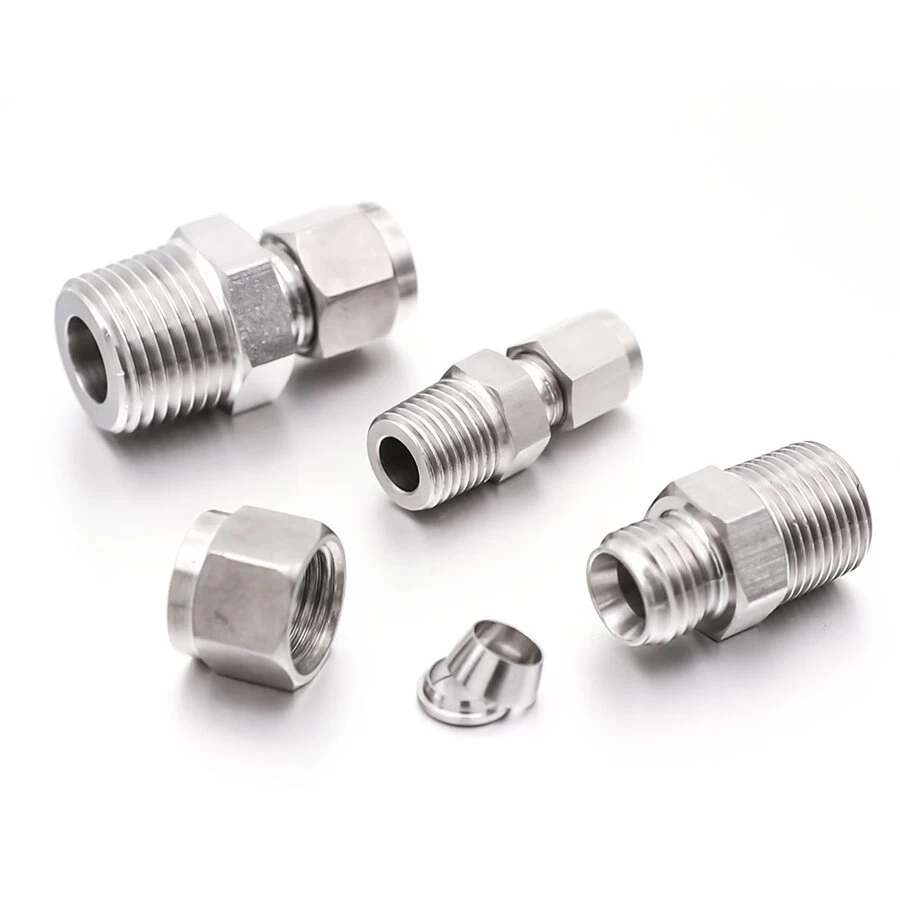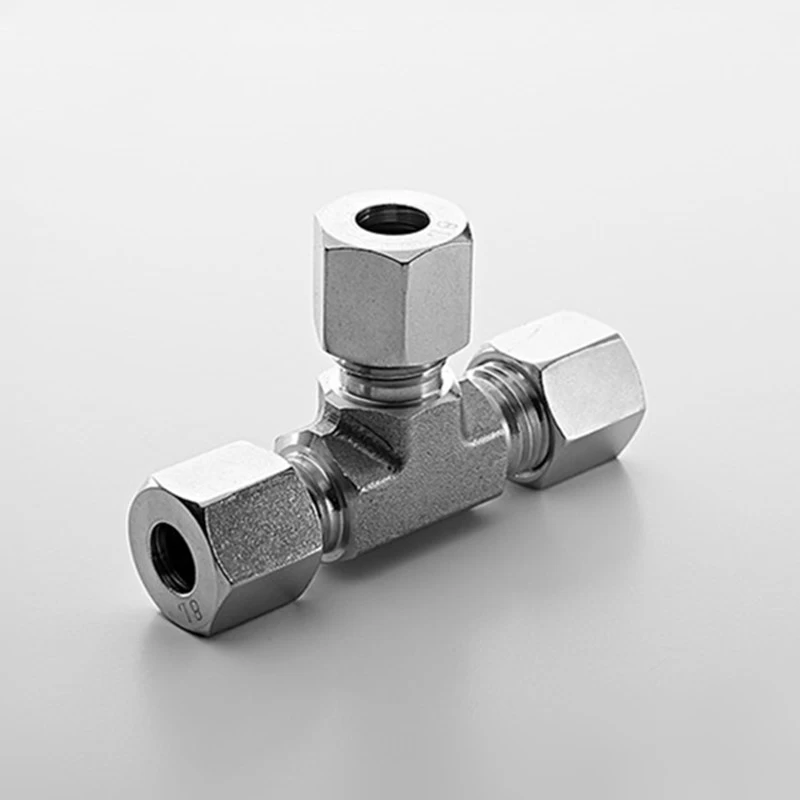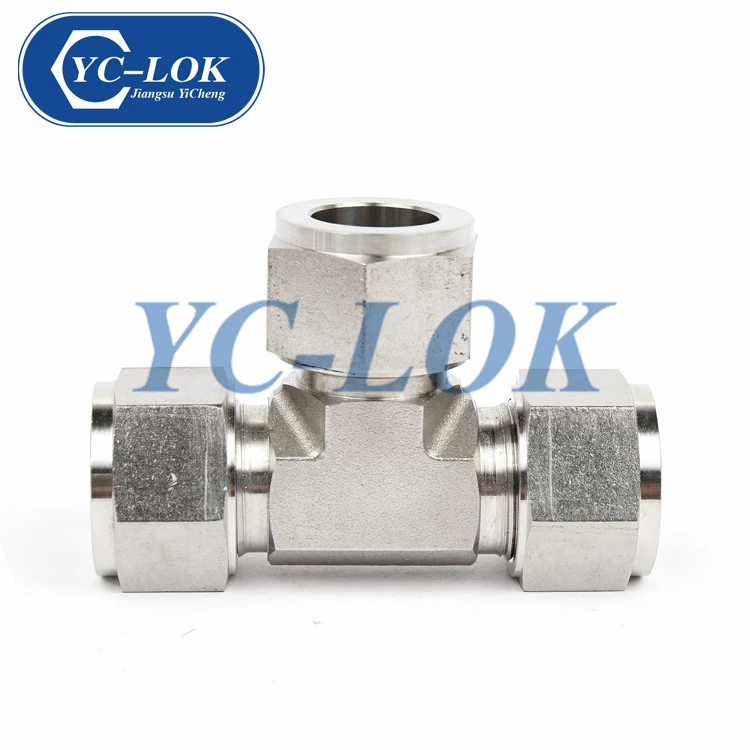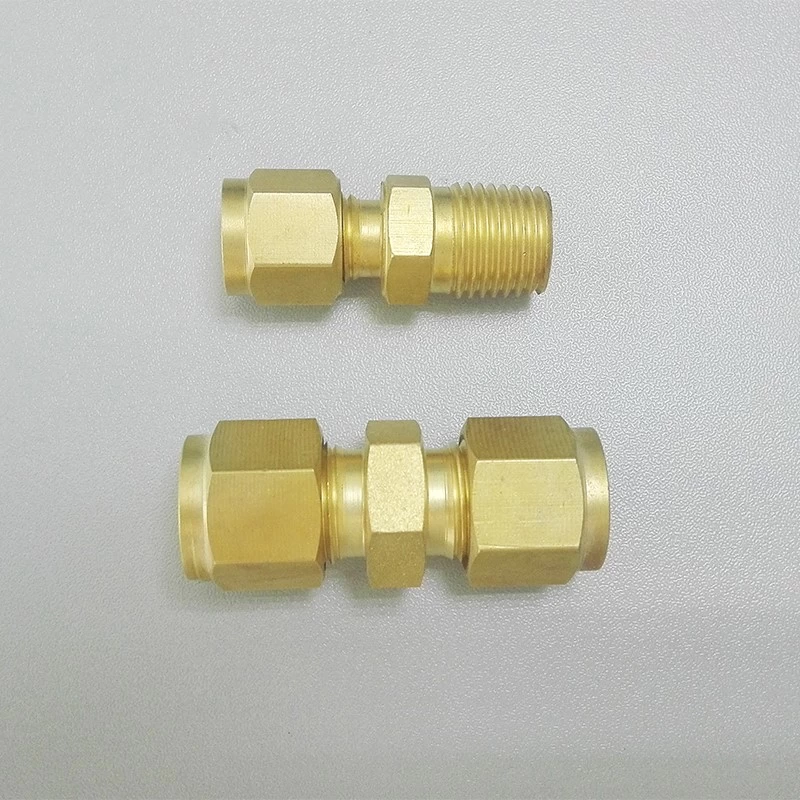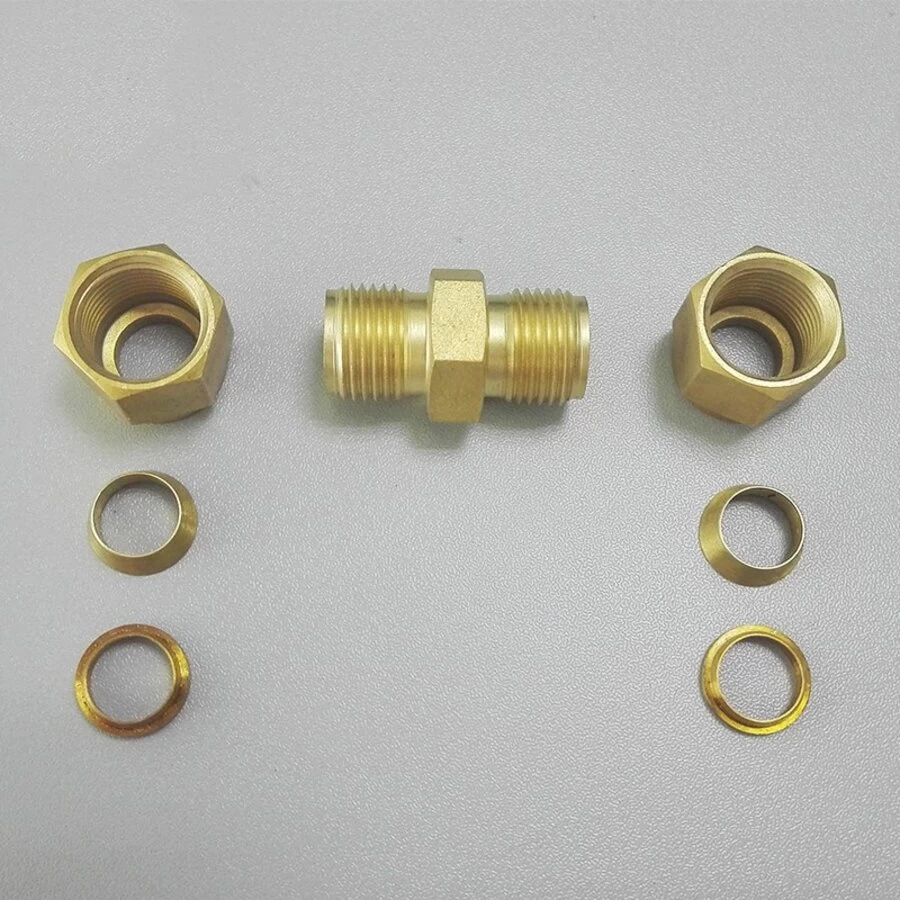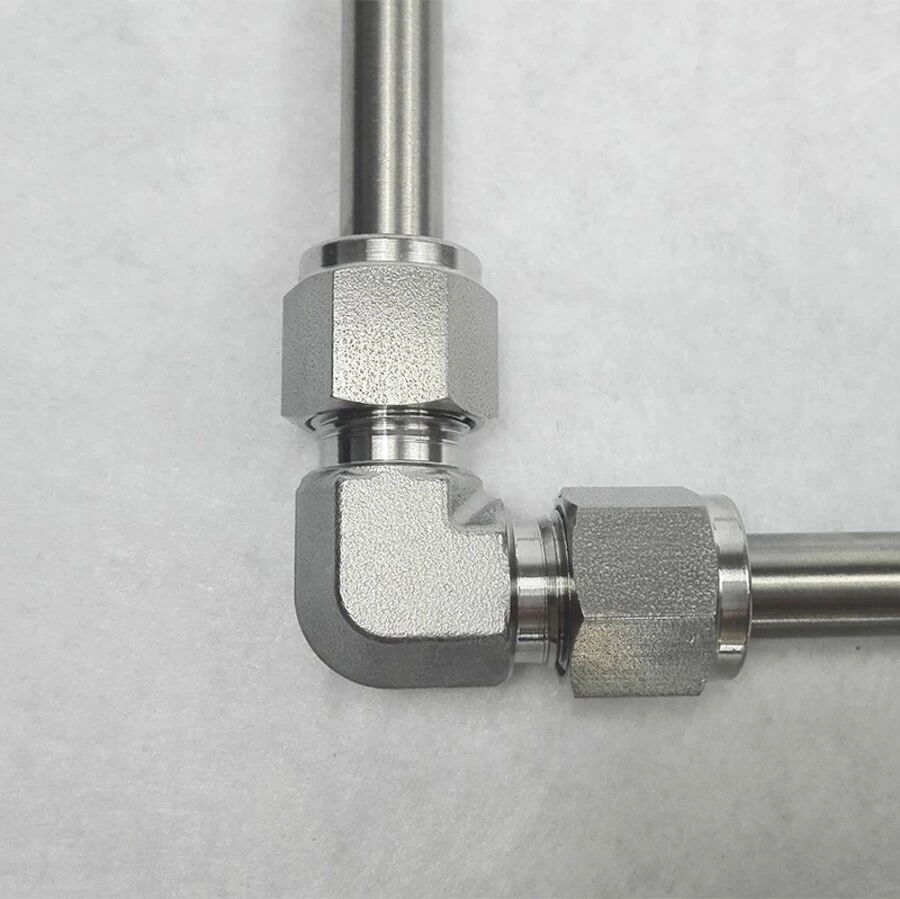The working principle of hydraulic quick coupling
There is a one-way valve inside the joint body. When the male and female joints are separated, the one-way valve spool is under the action of their respective springs.
Extend downward and nail it to the conical lock hole of the joint body, so as to realize the closure of the passage, and the oil in the oil pipe joint is enclosed in the pipeline.
When the two joint bodies are connected, the two push rods at the front end of the one-way valve spool will collide, which will cause the spools at both ends to leave the joint body.
There will be communication between the two joint bodies, so that the oil at both ends of the tube communicates.
The quick connector body is locked by steel balls. When working, the lock sleeve is under the action of the spring, and the steel ball is pressed into the concave groove of the connector body.
Therefore, the firmness of the butt joint after the butt joint is ensured. This is the working principle of the hydraulic quick coupling with open and close at both ends.
The working principle of the open hydraulic quick joint at both ends is different from the working principle of the open and closed hydraulic quick joint.
There is no one-way valve in the joint body. When the two joint bodies are separated, the passage cannot be closed, and the two ends of the joint are respectively connected with the hose.
The connector core of the hose connector is inserted directly into the quick connector.

